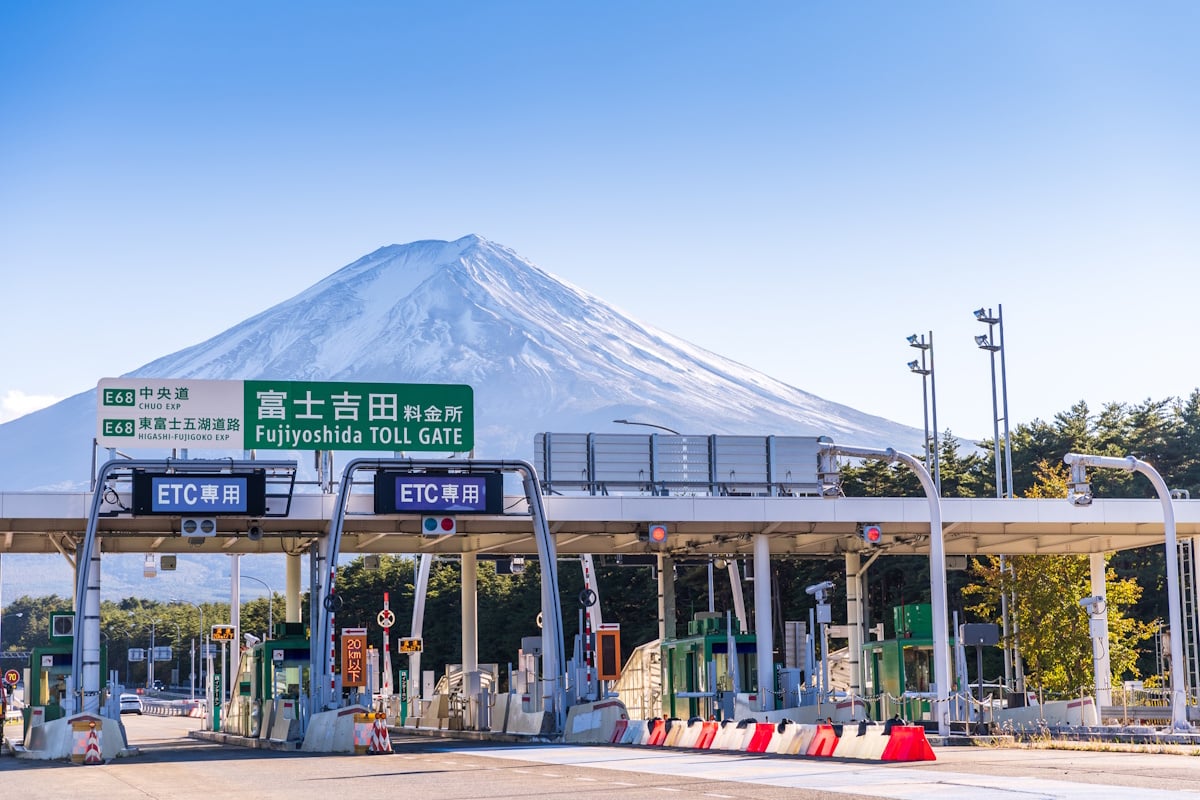Accidents involving cars rented by foreign tourists have spiked dramatically in the Fuji foothills of Yamanashi Prefecture. What’s driving the sudden increase? And what are authorities doing to drive the numbers back down?
Table of Contents
ToggleDifferences in direction
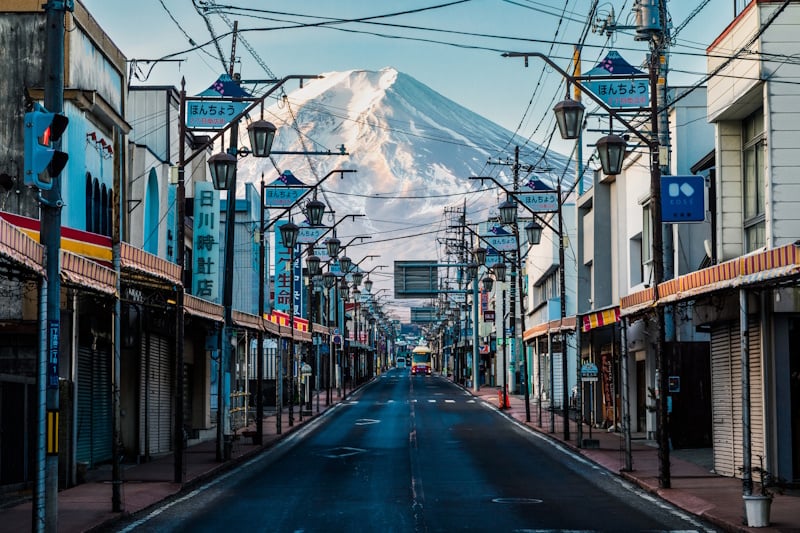
First, we need to establish some national and international context. Japan, like 74 other countries in the world, observes left-hand traffic rules. This means that steering wheels in Japanese domestic cars are on the right-hand side. This has always been the case in almost all of the country.
The one exception was Okinawa Prefecture, which was under US civil administration until 1972. Due to US civil control and the widespread presence of the US military, traffic direction was switched from the original Japanese left-hand traffic rules to American-style right-hand traffic rules.
After the reversion of Okinawa to Japanese control, traffic direction was also returned to the original left-hand rules. This came a few years later, on July 30th, 1978.
The prefecture switched road signage in eight hours on the night of the legal shift. The new rules, however, took some time for drivers to learn. Accidents, understandably and unfortunately, followed. Drivers across Japan have followed left-hand traffic rules since.
However, there are many more countries – covering 66.1% of the world’s people – that follow right-hand traffic rules. Many visitors to Japan, despite being unaccustomed to left-hand traffic, opt to rent cars and drive themselves around anyway.
And in the foothills of Fuji, in Yamanashi Prefecture, some communities are paying the price, in the form of a dramatic uptick in traffic accidents.
Road troubles from tourist crowding
Given this history, and the fact that a majority of countries in the world follow right-hand traffic rules, it should come as little surprise that accidents involving foreign drivers’ unfamiliarity with Japanese roads and an entirely opposite flow of traffic would follow.
This has happened as a result of the broader explosion of tourism in Japan over the past few years, and the resultant overtourism in many parts of the country. Take the Fuji foothills, an area including the village of Oshino and Fujiyoshida City. This expanse is full of places that were either not previously big international tourist attractions or had not seen this level of visitation. But given that the area overall has seen a new explosion of foreign visitors, things have grown more complicated.
Some of those now crowding Fujiyoshida are there for the historic Showa-era architecture and signage flanking Honchō-dōri. On this street, the buildings seem to frame Mount Fuji as it towers in the distance. One particularly busy day over the past year saw over 4000 visitors there.
Tourists have likewise swamped the neighboring town of Fuji-Kawaguchikō, astride the shores of iconic Lake Kawaguchi. Here, the draw is for pictures of Mount Fuji towering over a Lawson convenience store as if sitting on top.
Planning a trip to Japan? Get an authentic, interpreted experience from Unseen Japan Tours and see a side of the country others miss!

"Noah [at Unseen Japan] put together an itinerary that didn’t lock us in and we could travel at our own pace. In Tokyo, he guided us personally on a walking tour. Overall, he made our Japan trip an experience not to forget." - Kate and Simon S., Australia

See a side of Tokyo that other tourists can't. Book a tour with Unseen Japan Tours - we'll tailor your trip to your interests and guide you through experiences usually closed off to non-Japanese speakers.


Want more news and views from Japan? Donate $5/month ($60 one-time donation) to the Unseen Japan Journalism Fund to join Unseen Japan Insider. You'll get our Insider newsletter with more news and deep dives, a chance to get your burning Japan questions answered, and a voice in our future editorial direction.
The latter became such an inconvenience for locals that the municipality set up a giant black curtain to deter crowding. Some visitors wouldn’t even respect the passing traffic right in front of their faces. Others would go so far as to stand in the middle of the street. As we covered here on Unseen Japan, however, this hasn’t stopped some from poking holes in the curtain and taking pictures anyway.
Because these areas were not previously a major tourist draw, the local roads are also generally narrow and winding. Combine that with drivers from right-hand traffic countries, and you have the makings of a major spike in traffic accidents and property damage. There are also many more pedestrian tourists on roads not made for them, which further causes difficulty for those who may be driving.
One local resident described repeated car-on-car accidents around the Oshino Hakkai, a set of hot springs in Oshino Village that have likewise seen an explosion in foreign tourists. “There’ve been many times I thought I was going to get hit.”
By the numbers

The Yamanashi Prefectural Police have analyzed the breakdown of types of accidents involving foreign drivers.
In the Fuji-Goshikinuma region alone, last year, there were roughly 770 incidents involving foreign drivers causing property damage. This is up from 417 from the prior year. There were also four incidents that caused personal injury, up from zero the prior year. Thankfully, there were no reported deaths.
The police further stated that seventy percent of the accidents reported in this area involved single-vehicle accidents where a car hit a wall or fence. Twenty percent involved head-on collisions with Japanese drivers, where the foreign driver was driving against the direction of local traffic.
Police and business response
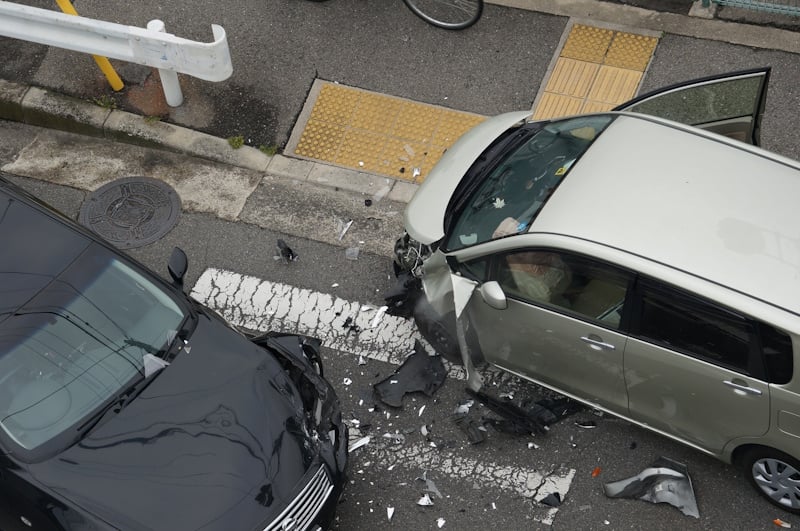
The Yamanashi Prefectural Police are addressing this surge of incidents via a two-pronged approach.
First, the police have compiled a map of accident locations across the prefecture. They’ve made it available to the public in the interest of proactive engagement and education, opting for the approach of “forewarned is forearmed.”
Second, they are working with car rental businesses to educate their customers. The police have asked the rental companies to make informational flyers available in seven different languages. The aim is to have the broadest reach for the most tourists, to educate as a deterrent against recklessness as well as genuine ignorance.
In the words of one Yamanashi Prefectural policeman, Ikesugi Kōsuke of the Traffic Planning Section, “we’d like to put some effort into improving public awareness in areas where there are lodging accommodations or tourist attractions where foreigners often visit.“
Of course, this isn’t the only place in Japan where foreigners rent cars and where accidents involving them occur. But time will tell whether this approach will bear fruit and tamp down on the accident rate in Yamanashi.
Planning a trip to Japan? Get an authentic, interpreted experience from Unseen Japan Tours and see a side of the country others miss!

"Noah [at Unseen Japan] put together an itinerary that didn’t lock us in and we could travel at our own pace. In Tokyo, he guided us personally on a walking tour. Overall, he made our Japan trip an experience not to forget." - Kate and Simon S., Australia

See a side of Tokyo that other tourists can't. Book a tour with Unseen Japan Tours - we'll tailor your trip to your interests and guide you through experiences usually closed off to non-Japanese speakers.


Want more news and views from Japan? Donate $5/month ($60 one-time donation) to the Unseen Japan Journalism Fund to join Unseen Japan Insider. You'll get our Insider newsletter with more news and deep dives, a chance to get your burning Japan questions answered, and a voice in our future editorial direction.
In the meantime, should you be visiting Japan from a country with right-hand traffic rules, do be careful. Get some practice driving on rural roads before braving city traffic. If you’re not fully confident in your driving abilities, hire a driver or use a tour bus instead.
Discover the “unseen” side of Japan
Japan is on everyone’s travel bucket list. Sadly, many end up going to the same places as everyone else. That can turn what could have been a fun, once-in-a-lifetime experience into an exhausting battle with crowds.
We started Unseen Japan Tours for the same reason we started Unseen Japan: To give people a unique glimpse into Japan they can’t get anywhere else. Let us create a custom itinerary of hard-to-find spots centered on your interests. We can also serve as your guides and interpreters, taking you to places that non-Japanese-speaking tourists usually can’t access.
Contact us below to get the ball rolling today!
What to read next
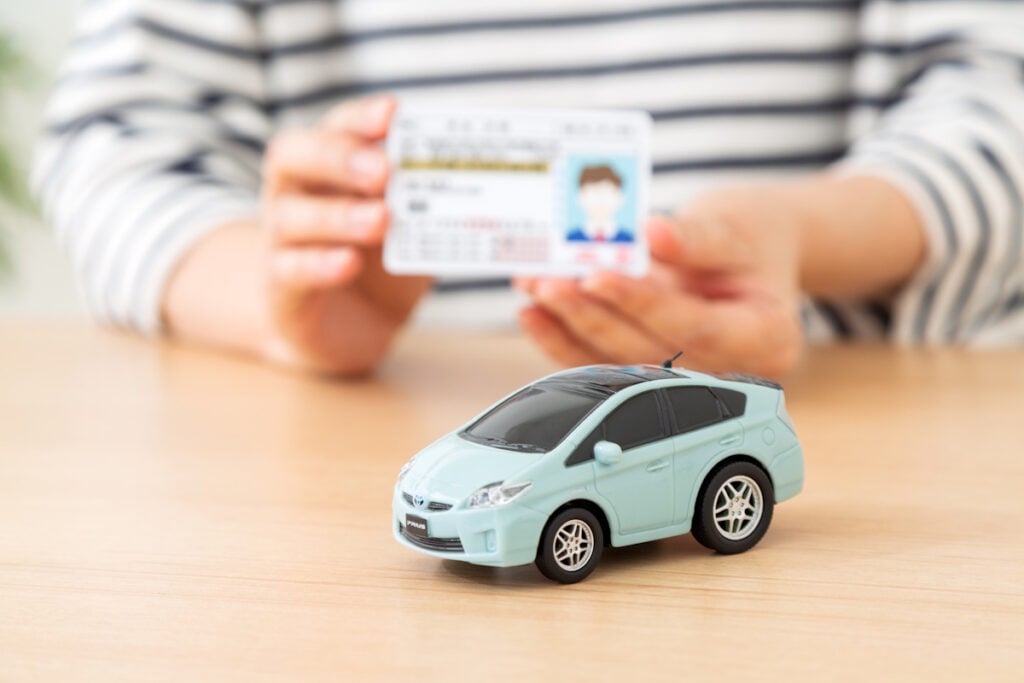
Japan Closes Tourist Driver’s License Exchange Loophole
Tourists to Japan used to be able to get a powerful souvenir: a Japanese driver’s license. But that’s all changed.
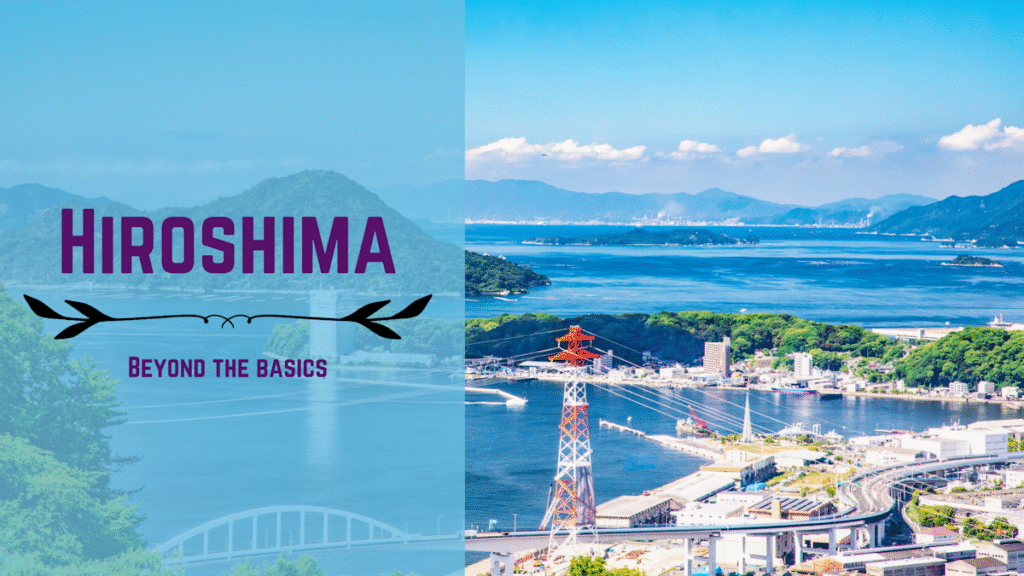
Hiroshima’s Hidden Travel Gems: Avoid The Crowds at These Unique Sights
Discover hidden Hiroshima gems beyond Peace Park and Miyajima, from ramen towns and sake alleys to rabbit islands and baseball games.
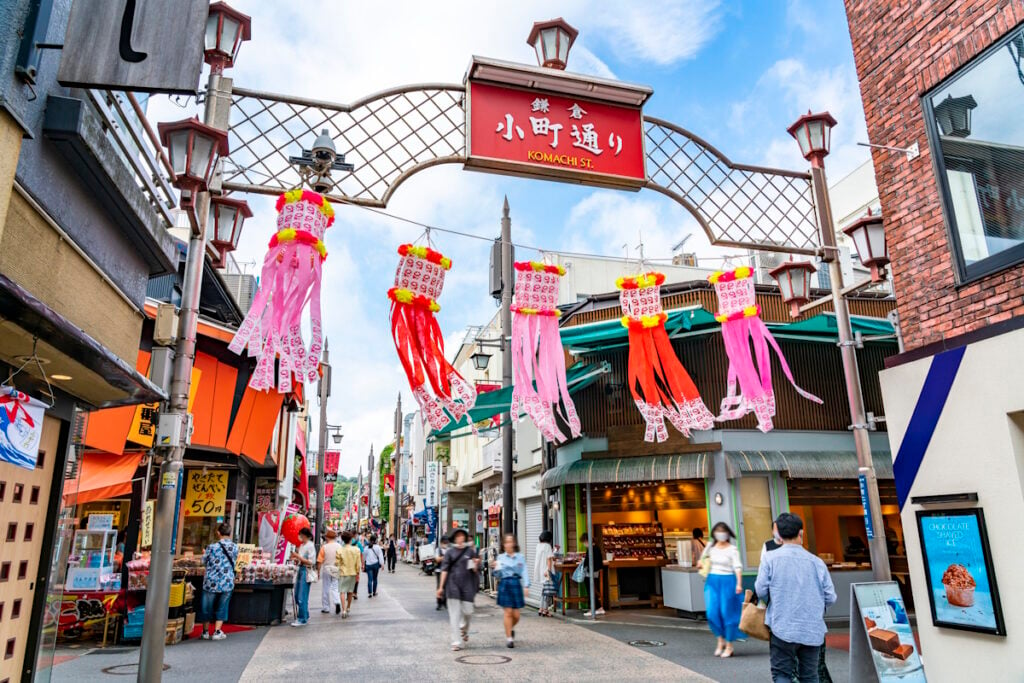
As Tourists Flood In, Kamakura Battles Vandalism and Public Urination
City officials warn they may have to take more drastic measures to curtail tourists if conditions don’t improve.
Sources
730 Crossing. Atlas Obscura
Fuji Michi (Honcho Street). Visit Fushiyoshida
「富士山きれいに撮りたい」訪日客のレンタカー事故が急増…「ハンドルが逆で慣れず」、道の狭さも. Yomiuri Shimbun
「コンビニの上に富士山」外国人に人気のスポットに黒幕…「ちょっとさみしい」「良い対策」. Yomiuri Shimbun
